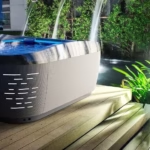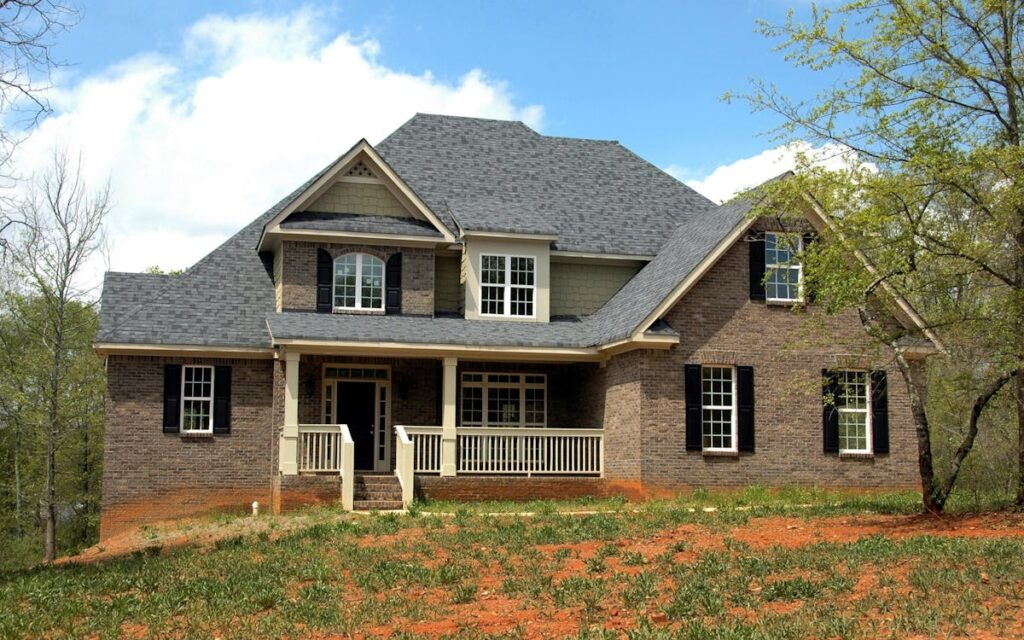Shipping containers have evolved far beyond their original role in logistics and freight. Once seen as industrial workhorses, today they are repurposed into homes, offices, pop-up shops, emergency shelters, and more. Their structural strength, modularity, and mobility make them ideal building blocks for a wide range of creative applications.
But the real magic lies in shipping container customization—the art of transforming a simple steel box into a functional, stylish, and fully personalized space. Whether you’re an entrepreneur, homeowner, or developer, customizing your shipping container can unlock new opportunities and significantly increase its value.
In this article, we’ll explore the most innovative and impactful ways to customize a shipping container. From smart technologies to sustainable upgrades, this guide will help you think beyond the basics and maximize your container’s potential.
1. Rethinking the Exterior: More Than a Paint Job
Custom Cladding and Facades
While paint is the simplest way to refresh a container’s exterior, adding custom cladding elevates the aesthetic and improves insulation. Options include wood siding, corrugated aluminum, fiber cement panels, and even living green walls. These facades can dramatically change the appearance, making the container blend seamlessly with its environment or stand out with a modern edge.
Branding and Signage
For commercial uses like cafes, food trucks, or mobile showrooms, shipping container customization often starts with exterior branding. Vinyl wraps, laser-cut signage, or LED-lit company logos can turn your container into a bold marketing tool.
2. Structural Transformations: Beyond the Box
Cut-Outs and Extensions
One of the most transformative customization options is cutting into the container’s steel shell. Large glass sliding doors, windows, skylights, and rooftop decks not only add light and airflow but also expand functionality. Some even stack or join multiple containers to create multi-level structures or expansive open-plan interiors.
Modular Add-Ons
You can attach detachable modules, such as fold-out terraces, retractable awnings, and expandable pods. These allow for greater flexibility and are ideal for businesses or events needing variable space.
3. Interior Customization: Turning Steel into Sanctuary
High-End Insulation and Climate Control
Because metal is a poor insulator, interior comfort starts with advanced insulation techniques. Spray foam, rock wool, and panel insulation are popular choices. Pair these with high-efficiency HVAC systems or passive ventilation designs for year-round comfort.
Smart Storage Solutions
Interior space is limited, so smart design is key. Think wall-mounted furniture, lofted beds, under-floor storage, and multi-functional furnishings. Built-in cabinetry and vertical organization can help maintain a clean, minimalist environment.
Lighting and Acoustics
Natural light is a must, but thoughtful artificial lighting, such as LED strips, pendant lights, or task lighting, can set the mood and improve usability. Acoustic panels, rugs, and soft furnishings can reduce echo and make the container feel more like a traditional space.
4. Tech Integration: Smart Container, Smart Life
Smart Home Features
Modern shipping container customization increasingly includes smart technologies. You can automate lighting, temperature, and security using platforms like Google Home or Amazon Alexa. Integrate solar panels with smart energy monitoring to increase efficiency.
Surveillance and Access Control
Install motion detectors, smart locks, and 24/7 camera systems for high-security or remote applications. These are especially popular in disaster response shelters and construction site offices.
Connectivity Options
With Wi-Fi boosters and 5G routers, your container can become a mobile command center or remote workspace. This is a game-changer for mobile clinics, schools, or traveling exhibits.
5. Sustainable and Off-Grid Customizations
Solar Energy Systems
Solar panels paired with battery storage make your container eco-friendly and self-sufficient. Add solar water heaters and rainwater harvesting systems for even greater autonomy—perfect for rural or emergency settings.
Green Roofs and Vertical Gardens
Adding a green roof improves insulation, manages stormwater, and enhances aesthetics. Inside, hydroponic vertical gardens can produce food or purify the air.
Reclaimed and Recycled Materials
To make your container build more sustainable, consider using reclaimed wood, recycled insulation, and eco-friendly paints. These materials reduce the carbon footprint and add unique character.
6. Specialized Use-Case Customizations
Container Homes and Cabins
Customization options for residential containers include everything from full kitchens and bathrooms to smart HVAC and integrated solar. Tiny home trends often influence these builds, maximizing functionality within minimal space.
Retail and Pop-Up Stores
For retail, shipping container customization may include retractable storefronts, display shelving, POS systems, and customer lounges. These mobile setups are ideal for seasonal businesses or festivals.
Offices and Studios
Work-focused containers often feature ergonomic desks, soundproofing, climate control, and built-in tech like projectors or digital whiteboards. Whether permanent or mobile, these units make remote work more professional.
Emergency Response and Medical Clinics
In critical settings, containers are customized with triage rooms, medical equipment, negative pressure ventilation, and sanitation zones. Their rapid deployability is a major asset for humanitarian work.
7. Legal, Structural, and Safety Considerations
Compliance with Codes and Permits
Customization must comply with local zoning, building codes, and fire safety regulations. This includes proper structural reinforcements if walls are being cut or containers are being stacked.
Engineering and Certification
It’s crucial to work with licensed engineers and architects, especially when modifying load-bearing elements. Certifications (such as CSC plates for transport or ISO ratings) can affect usability.
Fireproofing and Security
For added safety, consider fire-retardant materials, sprinkler systems, and reinforced doors and locks. This is especially important for residential or high-value applications.
Unlocking Limitless Potential
Shipping container customization offers virtually limitless possibilities. With thoughtful planning and design, a plain steel box becomes a powerful, adaptable space—be it a home, office, clinic, or storefront. Whether your goals are aesthetic, functional, or sustainable, customizing your shipping container is the key to unlocking its full potential.
As demand for modular, mobile, and eco-conscious structures continues to grow, the future of container architecture lies in creativity and innovation. So don’t settle for basic—dream big, build smart, and let your container work harder for you.






